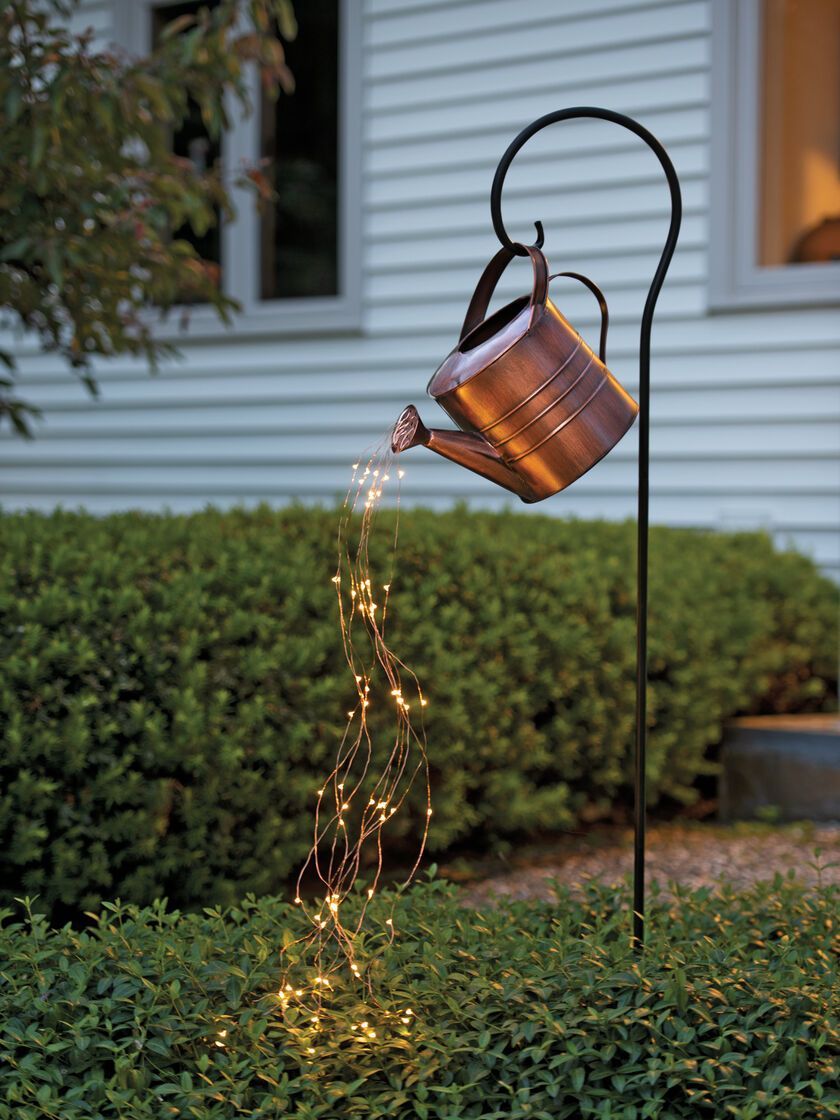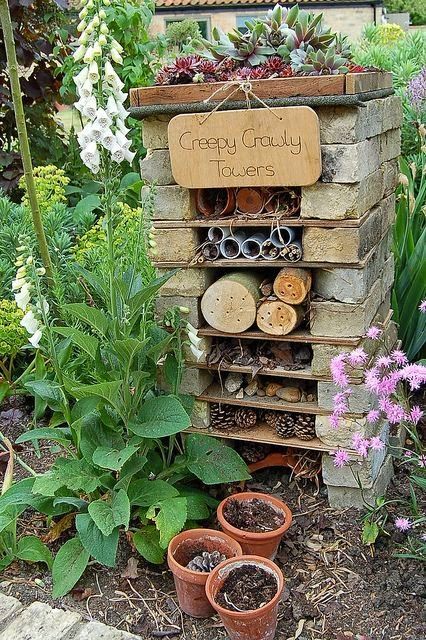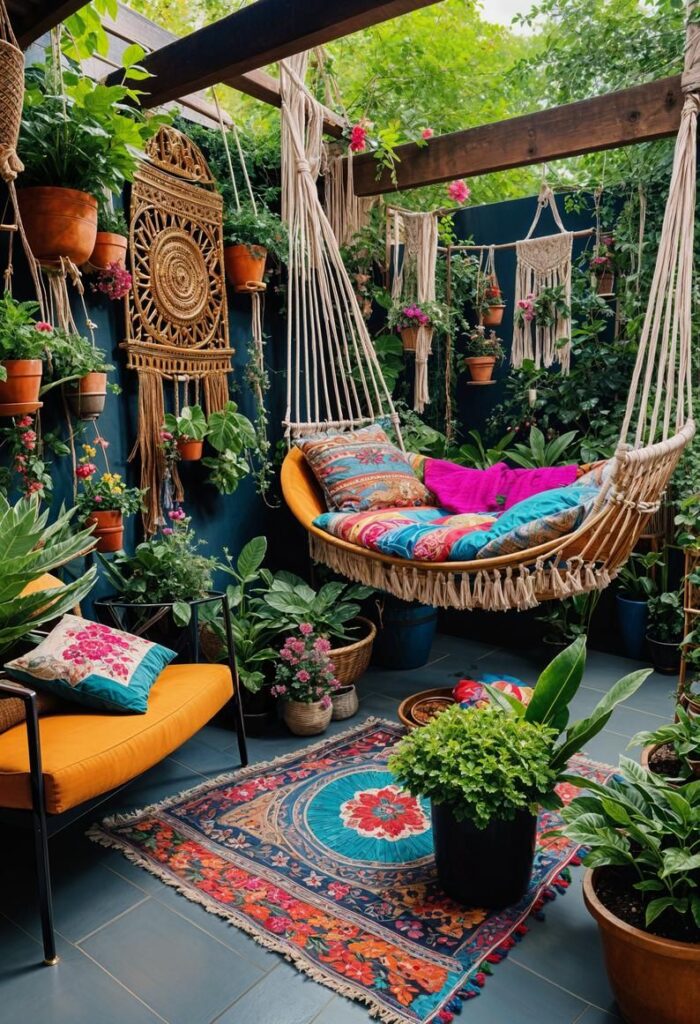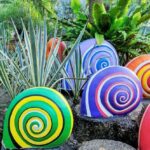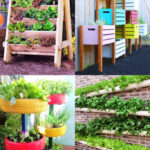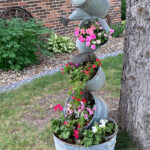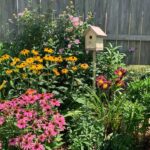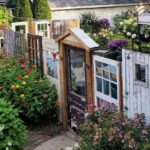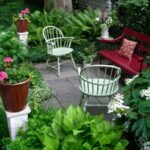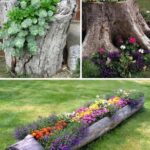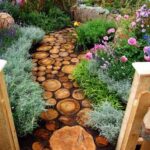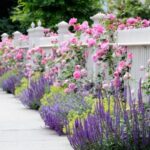One creative garden idea is to create a themed garden. This could involve planting flowers and foliage that fit a specific theme, such as a cottage garden, a Mediterranean garden, or a tropical garden. By choosing plants that are commonly associated with a particular theme, you can create a cohesive and visually appealing garden space that feels like a carefully curated outdoor oasis.
Another creative garden idea is to incorporate elements of art and design into your garden space. This could involve adding sculptures, garden ornaments, or pieces of outdoor furniture that serve both a functional and aesthetic purpose. By strategically placing these elements throughout your garden, you can create focal points and visual interest that elevate the overall look and feel of your outdoor space.
Vertical gardening is another creative idea that can help you make the most of limited space in your garden. By using trellises, vertical planters, and hanging baskets, you can create a lush and vibrant garden even in small or narrow spaces. Vertical gardening not only maximizes the use of space but also adds dimension and visual interest to your garden by creating layers and levels of greenery.
Repurposing and upcycling materials for use in your garden is a creative and environmentally-friendly idea. Old pallets can be turned into raised beds, vintage containers can be transformed into planters, and discarded items like old tires or wine bottles can be repurposed as garden decor. By thinking creatively about how you can give new life to old materials, you can add a unique and personalized touch to your garden while reducing waste.
Creating a sensory garden is a creative idea that engages all five senses – sight, smell, touch, taste, and sound. Plants with different textures, scents, and colors can stimulate the senses, while features like wind chimes, bird feeders, and water features can create soothing sounds that enhance the overall sensory experience. A sensory garden not only provides a relaxing and immersive experience for visitors but also promotes mindfulness and connection with nature.
Finally, incorporating edible plants into your garden is a creative idea that combines beauty and functionality. By intermixing herbs, fruits, and vegetables with ornamental plants, you can create a visually appealing and productive garden space. Edible plants not only provide fresh and healthy produce for you to enjoy but also attract beneficial insects and wildlife that contribute to a thriving garden ecosystem. Additionally, growing your own food can be a rewarding and fulfilling experience that deepens your connection with nature and the natural cycles of growth and harvest.
